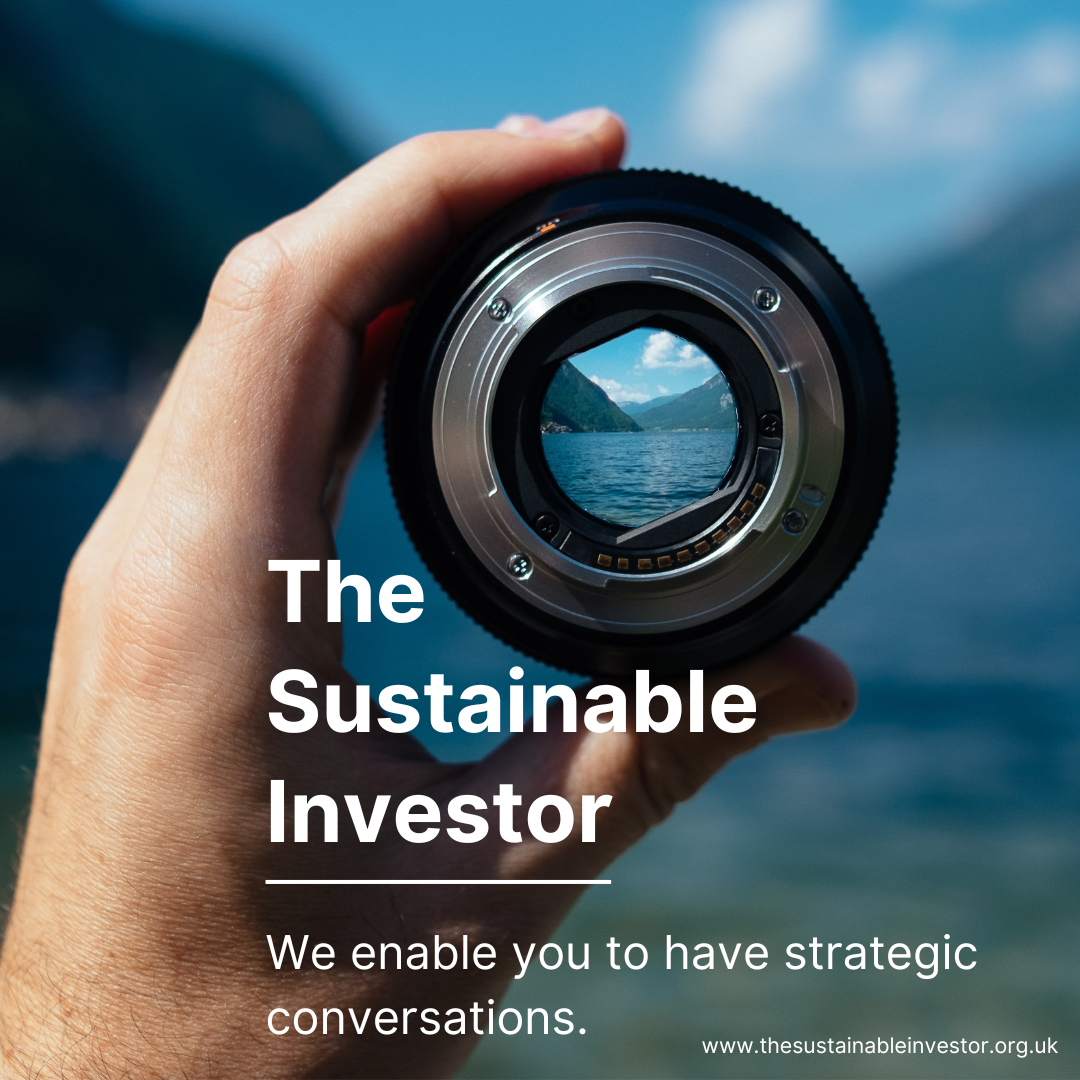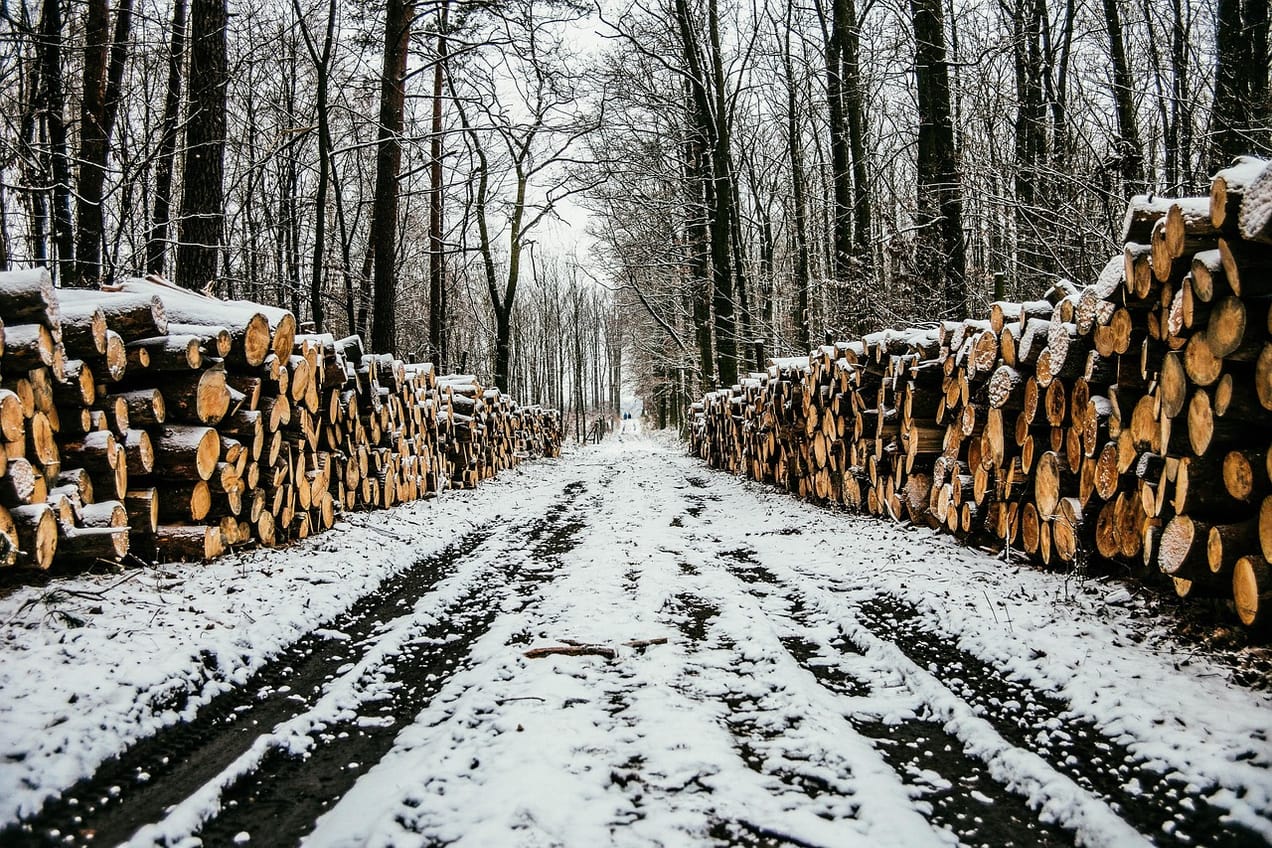
Kenya farm hosts first on-site green hydrogen-to-fertiliser plant.
US-based Talus Renewables, a manufacturer of modular green ammonia systems is starting up a plant in Naivasha, Kenya that will enable local production of both low-cost and carbon-free fertilisers.
Talus will supply Kenya Nut Co with fertilisers under a 15-year take-off agreement with the plant expected to produce one tonne of fertiliser per day initially but given the modular nature, this could be expanded in the future - eventually rising to 200 tons per day, supplying 95% of Kenya Nut Co's needs.
The plant will be powered by on-site solar.
Traditional production of ammonia is very carbon intensive, but there are ways, including this one, to make it greener. We wrote an introduction to that which you can read here - Link to blog 👇🏾

There are a number of really interesting things about this story:
- For Kenya, agriculture represents 1/3 of its GDP, employs 40% of its total population and 70% of its rural population. Fertiliser is crucial to ensure sufficient crop yields to both feed and provide income.
- However, Kenya largely relies on imported fertiliser (mostly from Russia) making it very expensive. In 2021, Kenya imported Ksh9.4 billion worth of fertilisers (0.4% of total imports).
- President Ruto has established a fertiliser subsidisation programme which, most recently, should reduce the price of a 50Kg bag by almost 29% to Ksh2,500. Last season a 50kg bag was Ksh7,000! There are some challenges with the implementation of the programme but that is for another discussion. A big part of the cost is transportation - the average bag of fertiliser travels 10,000 km according to Talus founder Hiro Iwanaga. Locally produced fertiliser - really local given that it would be onsite in some cases - should reduce costs.
- Kenya's NDC (last updated in December 2020) aims to reduce greenhouse gas emissions by 32% (relative to a business as usual scenario). Reducing imports of carbon intensive products will clearly be one avenue. In addition, these ammonia plants could be used to make e-fuels, although whether it makes sense to make e-fuels or use the renewable energy to power electric vehicles will come down to dispatchability requirements.
- Talus is also looking to deploy its modular plants in Iowa and then around the world.
The other thing that caught our eye about this development is the close linkage between what is being produced and what is needed. This is an important point for sustainability professionals to understand and one that can differentiate them in strategy conversations. In this case Kenya Nut Co needs fertiliser. Fertiliser needs ammonia. Ammonia needs hydrogen. Talus makes green hydrogen to make green ammonia for the fertiliser. The starting point is the need, not the input. A concern with discussions about a 'hydrogen economy' or an 'electric economy' is the starting point is this-thing-I-am-producing-and-I-need-to-find-a-use-for-it. That can lead to inefficiencies. In an upcoming Sunday Brunch, 'Horses for courses' we shall will explore this topic further.
This article featured in What Caught Our Eye, a weekly email featuring stories we found particularly interesting during the week and why. We also give our lateral thought on each one. What Caught our Eye is available to read in full by members.
If you are not a member yet, you can read What Caught Our Eye when it comes out direct in your email inbox plus all of our blogs in full...


Please read: important legal stuff.


